Sustainability Initiatives
The Viscose Market is increasingly influenced by sustainability initiatives, as consumers and manufacturers alike prioritize eco-friendly practices. The demand for sustainable textiles has surged, with viscose being a more biodegradable alternative to synthetic fibers. In 2025, the market for sustainable textiles is projected to reach approximately 200 billion USD, indicating a robust growth trajectory. This shift towards sustainability is not merely a trend but a fundamental change in consumer behavior, prompting manufacturers to adopt responsible sourcing and production methods. Companies are investing in closed-loop production processes to minimize waste and environmental impact, which is likely to enhance the appeal of viscose fibers. As a result, the Viscose Market is expected to benefit from this growing emphasis on sustainability, potentially leading to increased market share and profitability for eco-conscious brands.
Expansion of End-Use Applications
The Viscose Market is witnessing an expansion of end-use applications, which is driving demand across various sectors. Viscose Market fibers are increasingly utilized in apparel, home textiles, and industrial applications, reflecting their versatility and adaptability. In 2025, the apparel segment is projected to account for over 50% of the viscose market share, underscoring the fiber's popularity in fashion. Additionally, the rise of athleisure and sustainable fashion trends is further propelling the use of viscose in activewear and casual clothing. This diversification of applications not only broadens the market reach but also enhances the overall growth potential of the Viscose Market. As manufacturers explore new uses for viscose, the industry is likely to experience a surge in innovation and product development, catering to evolving consumer preferences.
Rising Demand for Eco-Friendly Fabrics
The Viscose Market is experiencing a notable rise in demand for eco-friendly fabrics, driven by heightened consumer awareness regarding environmental issues. As consumers become more discerning about the materials used in their clothing, viscose, derived from natural sources, is gaining traction as a sustainable alternative. In 2025, the market for eco-friendly textiles is anticipated to grow at a compound annual growth rate of 8%, reflecting a shift in purchasing preferences. This trend is further supported by regulatory frameworks encouraging the use of sustainable materials in the fashion industry. Consequently, manufacturers are increasingly focusing on viscose production, which aligns with the growing consumer preference for environmentally responsible products. The Viscose Market stands to gain significantly from this trend, as brands that prioritize eco-friendly materials are likely to attract a larger customer base.
Technological Innovations in Production
Technological innovations are playing a pivotal role in shaping the Viscose Market, as advancements in production techniques enhance efficiency and sustainability. Innovations such as the development of closed-loop processes allow for the recycling of chemicals used in viscose production, thereby reducing waste and environmental impact. In 2025, it is estimated that the adoption of such technologies could lead to a 15% reduction in production costs, making viscose a more competitive option against synthetic fibers. Furthermore, these advancements are likely to improve the quality of viscose fibers, resulting in superior textiles that meet consumer demands for both performance and sustainability. As manufacturers embrace these technologies, the Viscose Market is expected to witness increased investment and growth, positioning viscose as a leading choice in the textile sector.
Increased Investment in Sustainable Practices
Increased investment in sustainable practices is a key driver for the Viscose Market, as stakeholders recognize the importance of environmental responsibility. Companies are channeling resources into sustainable sourcing, production methods, and waste management systems to align with consumer expectations. In 2025, it is projected that investments in sustainable practices within the textile sector could exceed 30 billion USD, reflecting a significant commitment to eco-friendly operations. This trend is likely to enhance the reputation of viscose as a sustainable fiber choice, attracting environmentally conscious consumers. Furthermore, as brands adopt transparent supply chains and sustainable certifications, the Viscose Market is expected to benefit from increased consumer trust and loyalty. This focus on sustainability not only addresses environmental concerns but also positions viscose as a competitive alternative in the textile market.


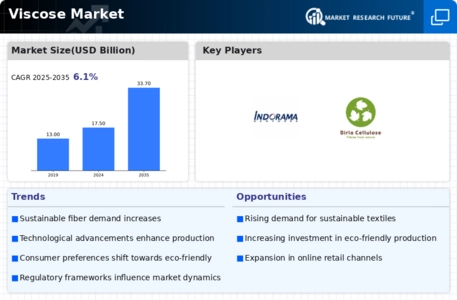
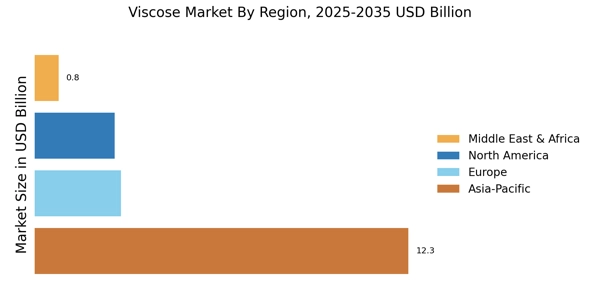
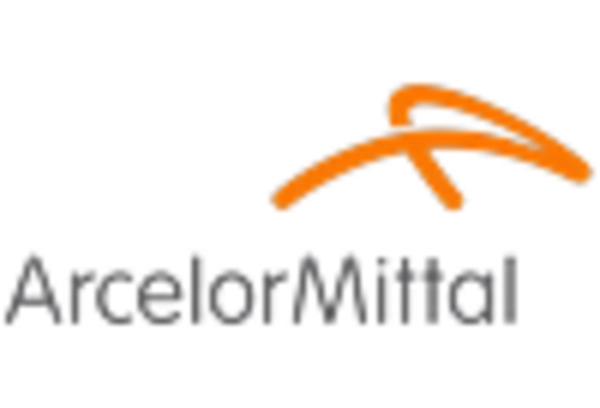


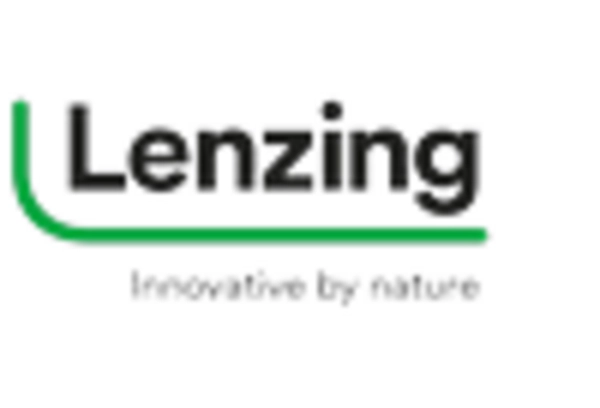

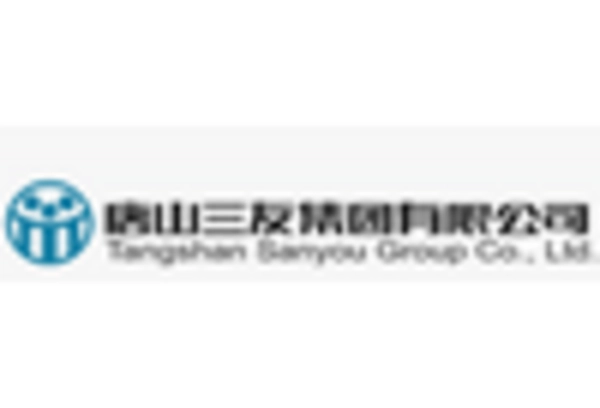








Leave a Comment